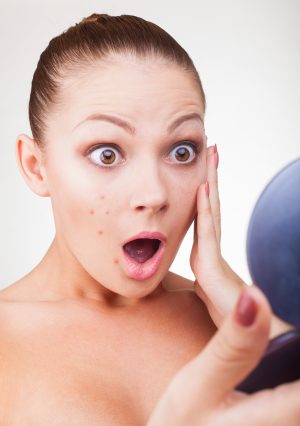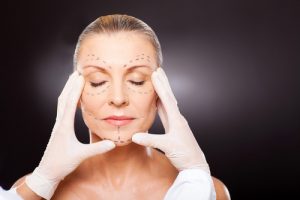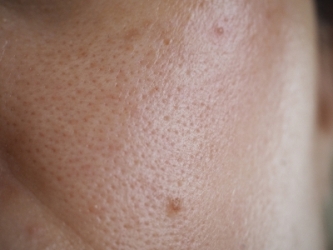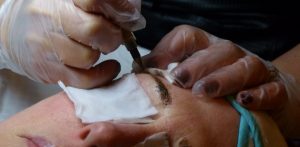Skin
6 Changes to Your Face to Expect When You Get Older
Contents1. ADULT ACNE2. UNEVEN SKIN TONE3. DRY SKIN4. LOOSENING SKIN5. WRINKLES6. ENLARGED PORES 1. ADULT ACNE Acne issues are not...
By: Beauty Insider Journalist / May 7, 2019

1. ADULT ACNE

Acne issues are not confined to the teenage years. Adult acne could happen in your 20’s and beyond. It could flare out before or after menopause with its accompanying hormonal changes. The many causes of adult acne include fluctuating hormone levels, stress, genes, medication side effects and environmental factors.
As skin ages, it loses many of the properties that help it to recover quicker from acne scars. This presents a more prolonged issue of adult acne to contend with as you age.
2. UNEVEN SKIN TONE

Hyperpigmentation occurs when patches of skin darken. It is caused by an overproduction of melanin. Age spots, sun spots and darken patches due to scars and skin injury give rise to the uneven skin tones. They can be caused by sun exposure, environmental pollution, hormones and post-inflammatory hyperpigmentation.
3. DRY SKIN

As you age, your skin slowly lessens its ability to retain moisture with the reduction of oil-secretion, collagen and hyaluronic acids. The skin becomes drier and may even be flaky.
4. LOOSENING SKIN

Your face begins to show signs of maturing by the time you are in your 20’s and begins to lose fat from the face. The loss of fat, reduction of collagen and hyaluronic acids production, and with less oil secretion leads to skin losing its elasticity. You will gradually lose the sort of plumpness in your skin. Signs of sagging should be evident in your 40s.
5. WRINKLES

The first signs of wrinkles are most likely the fine lines near the eye area known as crows feet. They can happen as early as in your 20’s. Repeated facial movements leave crease lines on the face. This becomes more pronounced as the skin loses its ability to bounce back, namely as your facial skin begins to thin, less collagen and hyaluronic acid production, and less oil being secreted.
6. ENLARGED PORES

Pores clogged with sebum, dirt and dead skin cells could lead to the appearance of larger pores. As you age, oil secretion, collagen and hyaluronic acids reduce, the elasticity of your skin lessens, cell renewal activity decreases, thereby increasing the appearance of visible pores.

















